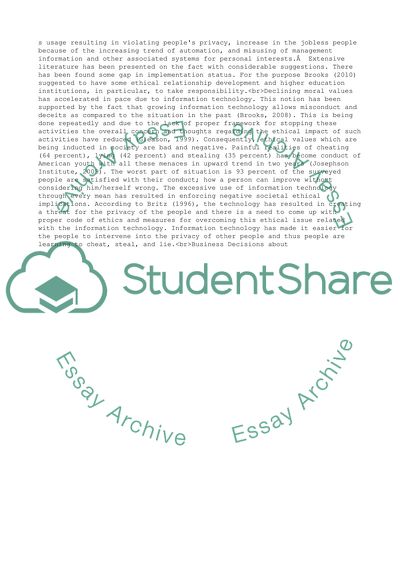Cite this document
(The development of a code-of-ethics: IT challenges Research Paper - 1, n.d.)
The development of a code-of-ethics: IT challenges Research Paper - 1. https://studentshare.org/information-technology/1782555-the-development-of-a-code-of-ethics-it-challenges
The development of a code-of-ethics: IT challenges Research Paper - 1. https://studentshare.org/information-technology/1782555-the-development-of-a-code-of-ethics-it-challenges
(The Development of a Code-of-Ethics: IT Challenges Research Paper - 1)
The Development of a Code-of-Ethics: IT Challenges Research Paper - 1. https://studentshare.org/information-technology/1782555-the-development-of-a-code-of-ethics-it-challenges.
The Development of a Code-of-Ethics: IT Challenges Research Paper - 1. https://studentshare.org/information-technology/1782555-the-development-of-a-code-of-ethics-it-challenges.
“The Development of a Code-of-Ethics: IT Challenges Research Paper - 1”. https://studentshare.org/information-technology/1782555-the-development-of-a-code-of-ethics-it-challenges.


